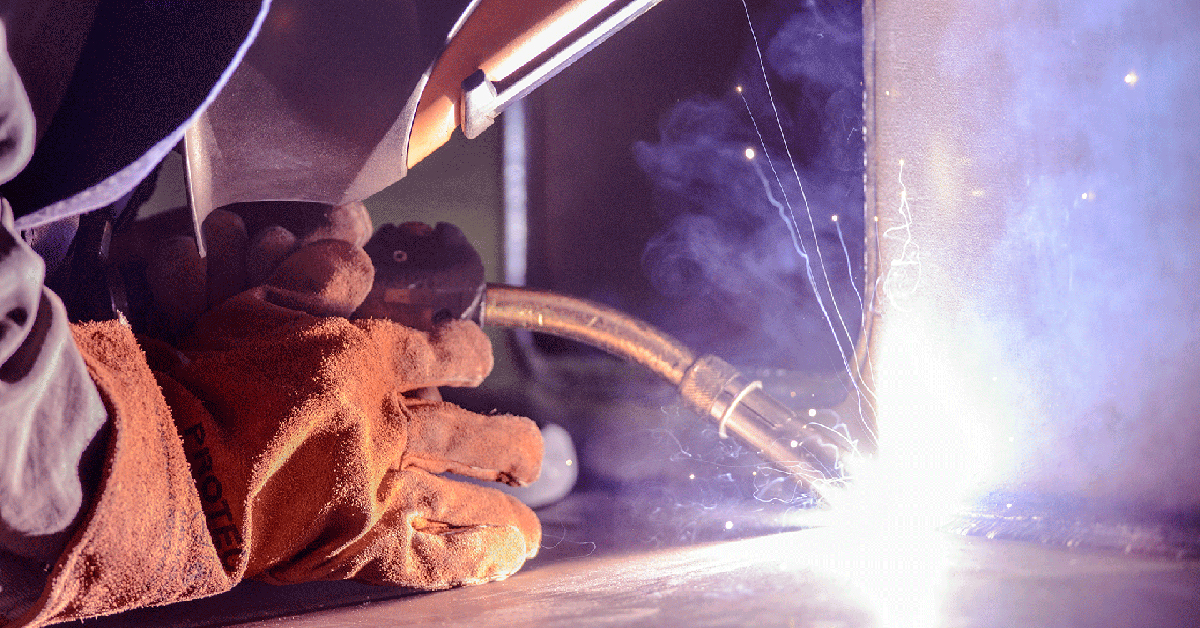Preventing Weld Undercut: Proven Techniques Every Welder Need To Know
Preventing Weld Undercut: Proven Techniques Every Welder Need To Know
Blog Article
Grasping the Art of Welding: How to Avoid Undercut Welding Issues for Flawless Fabrication Results
Efficiency and precision are critical on the planet of welding, where also the least blemish can jeopardize the structural integrity of a fabricated piece. One common obstacle that welders face is damaging, an issue that can lead and weaken a weld joint to costly rework. By recognizing the origin of undercut welding and carrying out reliable techniques to stop it, welders can elevate their craft to brand-new levels of excellence (Preventing weld undercut). In the pursuit of remarkable manufacture results, mastering the art of welding to prevent undercut problems is not simply an ability yet a need for those striving for perfection in their job.
Recognizing Undercut Welding

To stop undercut welding, welders ought to make sure proper welding criteria, such as changing the current, voltage, travel speed, and maintaining the appropriate electrode angle. By recognizing the causes of undercut welding and executing preventive steps, welders can accomplish premium, structurally sound welds.
Reasons of Undercut in Welding
Recognizing the variables that contribute to damage in welding is essential for welders to create high-grade, structurally audio welds. Inadequate welding current or incorrect welding speed can likewise contribute to undercut. Understanding these causes and executing proper welding methods can assist avoid damaging issues, ensuring durable and strong welds.
Strategies to stop Undercutting

To alleviate the danger of damaging in welding, welders can employ strategic welding strategies intended at improving the top quality and integrity of the weld joints. Furthermore, utilizing the appropriate welding technique for the specific joint arrangement, such as weave or stringer grains, can add to reducing undercutting.
Utilizing back-step welding methods and managing the weld bead account can likewise assist distribute heat evenly and decrease the danger of undercut. Routine examination of the weld joint throughout and after welding, as well as carrying out quality assurance steps, can aid in dealing with and spotting damaging concerns click for more info without delay.
Relevance of Correct Welding Parameters
Choosing and maintaining suitable welding criteria is crucial for attaining effective welds with very little flaws. Welding criteria refer to variables such as voltage, present, take a trip speed, electrode angle, and protecting gas circulation price that directly influence the welding process. These criteria should be very carefully adjusted based on the sort of product being welded, its thickness, and the welding method employed.
Proper welding parameters make certain the correct amount of heat is applied to melt the base metals and filler material consistently. If the specifications are established also high, it can cause excessive heat input, triggering spatter, distortion, or burn-through. On the other hand, if the parameters are also reduced, insufficient Check Out Your URL blend, absence of infiltration, or undercutting might take place.
Top Quality Assurance in Welding Workflow

Final Thought
Finally, mastering the art of welding needs a complete understanding of undercut welding, its reasons, and techniques to stop it. By ensuring that site correct welding criteria and carrying out quality control practices, remarkable manufacture results can be attained. It is important for welders to constantly pursue excellence in their welding procedures to prevent undercut concerns and create high-grade welds.
Undercut welding, a typical flaw in welding procedures, occurs when the weld steel does not correctly load the groove and leaves a groove or anxiety along the bonded joint.To stop undercut welding, welders must ensure correct welding parameters, such as changing the present, voltage, traveling rate, and keeping the appropriate electrode angle. Poor welding wrong or present welding speed can likewise contribute to undercut.To reduce the threat of damaging in welding, welders can utilize critical welding methods intended at improving the top quality and stability of the weld joints.In conclusion, grasping the art of welding requires a detailed understanding of undercut welding, its causes, and methods to stop it.
Report this page